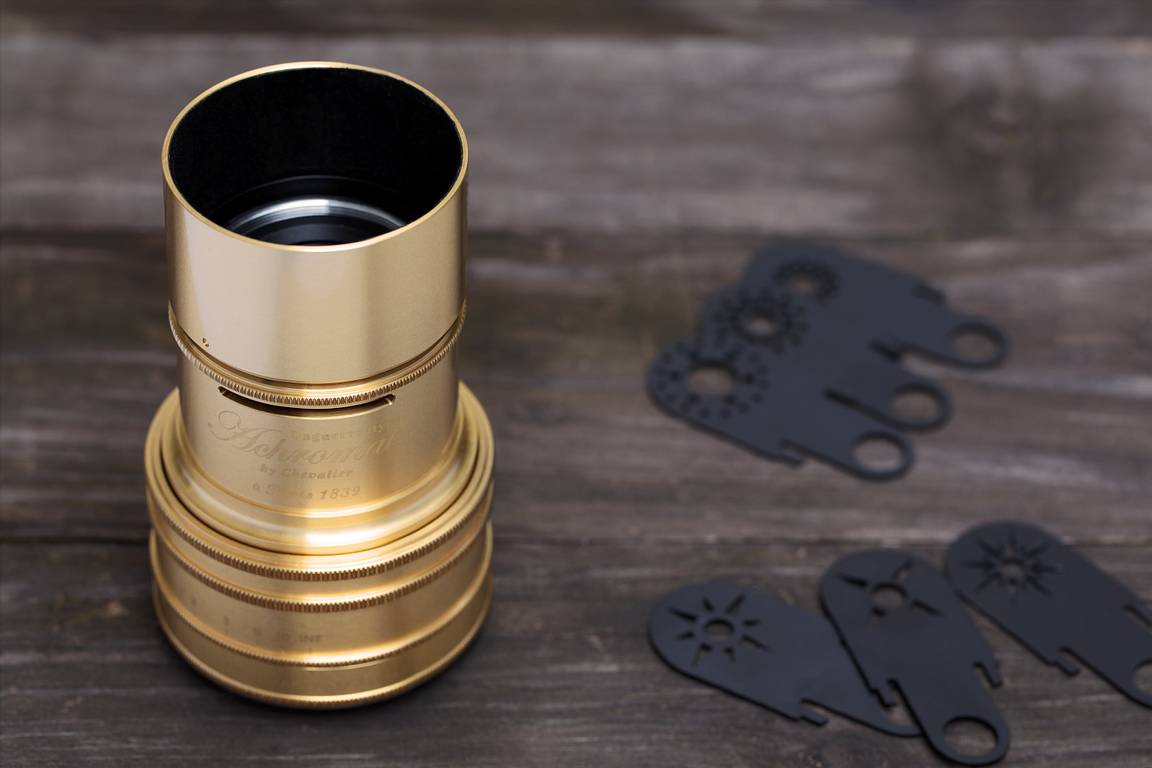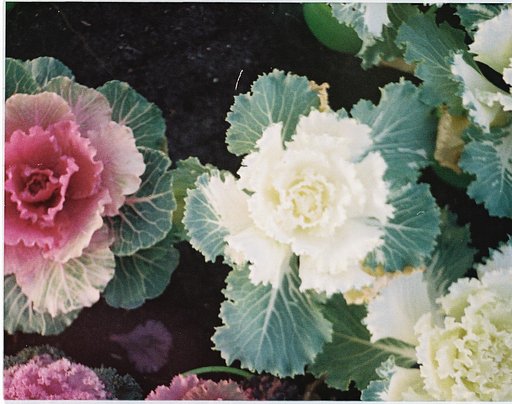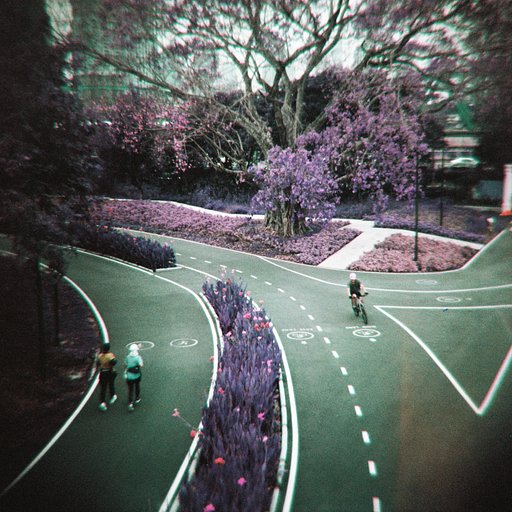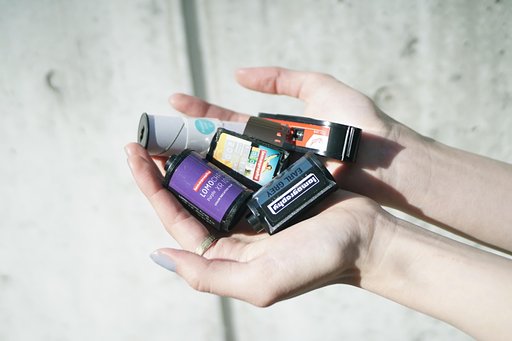First Impressions of the Daguerreotype Achromat 2.9/64 Art Lens: Charles aka aMusephotographer
1 Share TweetCharles, more popularly known as aMusephotographer, is an award-winning bridal photographer based in Singapore. “I create pictures of love, for loved ones and ones in love,” he says, and has an extensive portfolio to prove his claim. His approach is photojournalistic in the sense that he prefers to capture precious moments as they unfold. The results, despite the spontaneity with which they were created, are nevertheless moving and memorable.

Charles recently tested a prototype of the Daguerreotype Achromat 2.9/64 Art Lens, producing a series of ethereal and dreamy portraits. He answers a few questions on the experience in this interview.
This lens has a fascinating history, so let’s play the association game. What came to mind when you first saw the Daguerreotype Art Lens? What is special about its build?
I was actually quite surprised when I first set eyes on the lens. Having been used to and if you can say, pampered, by modern lenses and all their conveniences, this lens looks and feels like an antique, precious and delicate. I was in fact tentative that I might not be able to make good use of it and to fully explore its traits within a limited time. But after using this lens for about a week, I would liken my experience with it as a cultivation of a personal relationship—it requires patience, understanding, planning, and also loads of spontaneity, imagination and boldness to truly harness its potential. This lens is based on a 19th century lens. Undoubtedly I could not expect it to work like the modern lenses that many of us have taken granted for, automatic focusing as a classic example. However, once out of my comfort zone and realising that I had to tune in to framing and crafting the images that I intend to capture, and having learnt to accept both its strengths and limitations, I was able to create images that I could never have done with today’s modern lenses. This lens has a distinct and somewhat soulful identity, imbibing the images it takes with expressive ingenuity and colour.
What did you take pictures of? What camera did you use?
I used it for what I do best, creating portraits of people in love. I also brought it along for an excursion and tried something different—taking pictures of flora and blooms. I paired it with my trusty Canon EOS 6D which balances with the lens nicely in terms of weight and size. I used live view in LCD for most of my shoots and subsequently was confident enough to use the viewfinder especially when shooting with smaller apertures.

Did the Daguerreotype Art Lens impart a special look to your photos? Tell us about your first photo session.
Definitely! Using this lens is like working with a trusty aide, and once I got to know this instrument better, the results improved, and in many instances, surprised me. In my portraiture shoot, I capitalized on the abundant natural light and the nature of the lens allowed my subjects to be bathed in an ethereal glow. The results were exciting to behold and awesome to say the least.
The lens is a continuation of Lomography’s experimental tradition. What special effects have you done using the lens?
I began my shoot using the standard Waterhouse aperture plates, and moved on to the Lumière and Aquarelle aperture plates when I got more familiar with its handling. I am impressed with the results produced by these various aperture plates. For the Waterhouse plates, the larger apertures give an extremely dreamy look that would be very flattering for portraits. In addition I really love the unique rendering by the Lumière and Aquarelle aperture plate; the effects particularly shine when I took portraits in backgrounds with multiple and pointed lights. The bokeh produced by these plates give the images an extra dimensional depth; I probably would describe the effect as akin to welding a paintbrush to the camera. It renders the images with impressionistic strokes of colour and vibrancy.
In terms of your own photography needs, what is the best feature of the Daguerreotype Art Lens?
In my own opinion, there is no feature that I can single out as the best, because what makes this lens awesome is a combination of features that complement each other perfectly. The vintage look and feel, the soft dreamy look, the unique aperture plates, the handling—they all combine to give the user a unique experience and an extremely satisfying one if the user takes the effort to understand and practise with it. This lens truly fuses the sharp precision of a photographic image with the subtle soft edges of a painted art piece. I am eager to explore the possibilities that this lens could offer, and had already ordered one for myself at the Daguerreotype Art Lens Kickstarter Project.
Why use a special lens at all?
Creativity knows no bounds. A special lens might be what you need to bring your craft to levels that you never knew existed.
Let’s get technical. What tip would you give to a first-time user?
This lens is actually quite easy to use once you get accustomed to the requirement for manual focusing. To get a really sharp image, use the standard aperture plates from F5.6 and smaller, and use magnified live view. But do not just focus on sharpness, for this lens is capable of doing so much more! In line with Lomography’s tradition, keep experimenting and testing new boundaries!
Learn more about the artist and his work on his official website.
2016-04-27 #gear #ニュース #people #lomoamigo #daguerreotype #kickstarter #achromat #artlens #lomographyartlenses #daguerreotype-achromat-art-lens























コメントはまだありません